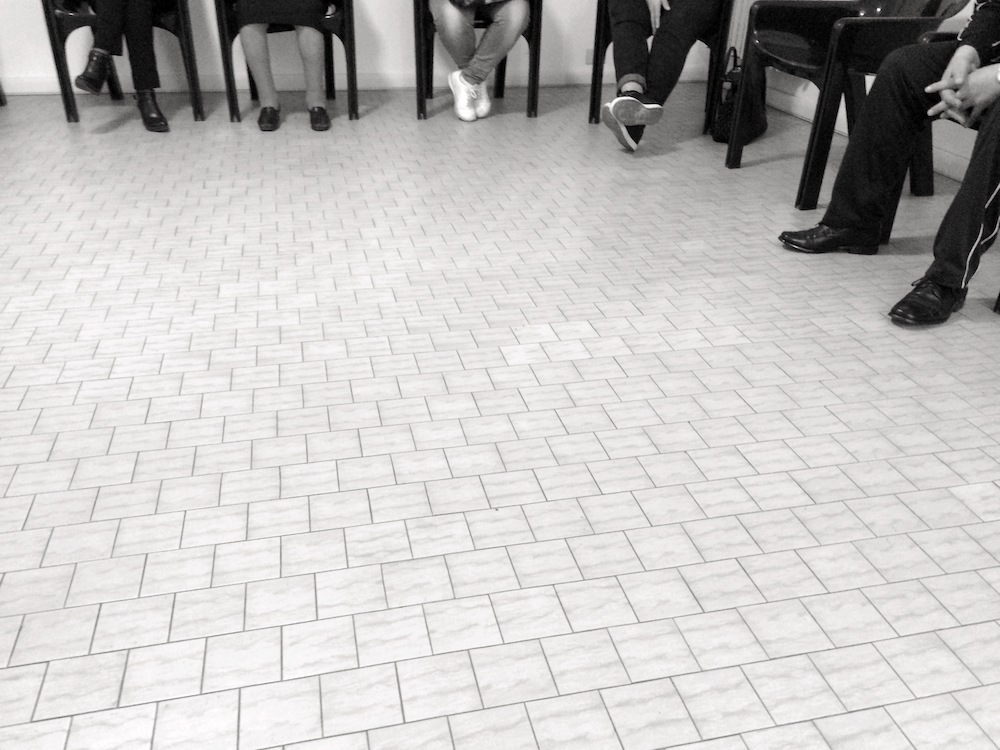
Consumers are rapidly mobilizing around all aspects of health care—affordability, access to the system and choices about their care. As changes in health insurance shift more and more cost onto consumers, patients want to be involved in decisions that will affect their finances as well as their health.
Yet they face a dilemma: The only way to really affect their costs is to be involved in decisions about how much and what kind of health care they use. That means being involved in medical decisions. But when prices are hidden and consumers don’t know the facts about alternative—and uncertain—outcomes, they need their providers to partner with them get the best health care they can afford. That’s what Shared Decision-Making is about: the patient and physician working together to meet the patient’s health care goals.
The culture of clinician-patient relationships is heavily biased toward patients relying on physicians’ recommendations for appropriate treatments, without asking about alternatives or evidence to back up those recommendations. But as consumers bear a greater cost burden for their health care, they are pressing to play a more active role in medical decision-making.
Shared Decision-Making Puts Patients in Charge of Their Health Care
To that end, Shared Decision-Making is an approach that places patients at the helm of their own health care. It requires access to evidence-based treatment outcomes combined with a shift in the clinician-patient dynamic. Physician and patient work together as a team to review options; but it is the patient who makes the ultimate decisions about treatment.
This model has benefits not only for consumers who want more control over their health care, but also for providers who are committed to improved performance and better patient outcomes. We’ve been writing a lot about Shared Decision-Making recently. Here is a collection of those posts that explore the nuts and bolts of implementing the process for long-term benefits to both provider and patient:
Is Shared Decision-Making the Path to Improved Provider Performance?
Nine steps to improved health system performance via Shared Decision-Making
The Crux of Shared Decision-Making: Who is Actually Deciding?
Six essential elements to ensure appropriate review of data, information and the patient’s own circumstances
Time Out! How Strategic Pauses Can Enhance Medical Decision-Making to Improve Outcomes
A closer look at how strategic pauses, an established medical practice, can help improve treatment for hypertension, as an example of Shared Decision-Making, plus six steps to ensure success of strategic pause performance improvement activity
Don’t Just Check the Box: Capture the Patient’s Story to Define Meaningful Goals of Care
A close, personal look by an experienced primary care physician at how taking the time to understand the patient’s true circumstances can improve care as part of a Shared Decision-Making process.
Redesigning Health Care for the New Consumer
Roji Health Intelligence’s free 65-page eBook that examines in-depth how consumers can retain access to health care amidst dramatically rising costs.
Founded as ICLOPS in 2002, Roji Health Intelligence guides health care systems, providers and patients on the path to better health through Solutions that help providers improve their value and succeed in Risk. Roji Health Intelligence is a CMS Qualified Clinical Data Registry.
Image Credit: Tookapic






